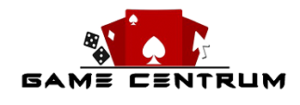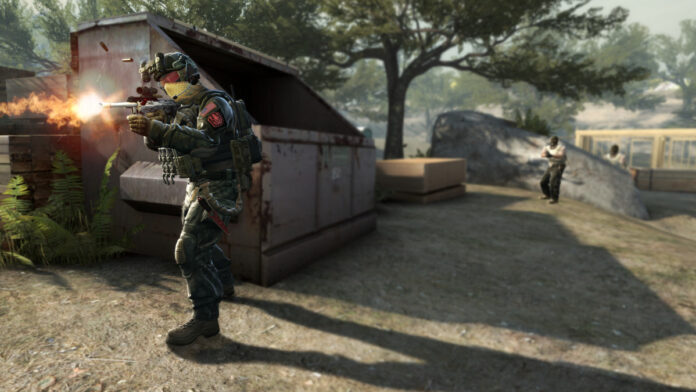Introduction
In the high-pressure world of Counter-Strike: Global Offensive (CS:GO), clutch situations can often make or break a round. Clutching requires exceptional decision-making, precision, and awareness. One crucial tool that can give you an edge in these intense moments is the CS:GO radar. In this blog post, we will explore valuable radar tips and techniques that can help you stay informed and make the right decisions during clutch situations.
Keeping an Eye on the Radar
During clutch situations, it’s essential to continuously monitor the radar for vital information. The radar provides a top-down view of the map and displays the positions of your teammates, opponents, and bomb sites. By regularly glancing at the radar, you can quickly gather valuable information about the enemy’s locations and make informed decisions. csgoradar
Utilizing Sound Cues and Radar Combined
While the radar is an excellent tool for gathering information, it’s important to remember that it’s not the only source of intel. Combining the information from the radar with sound cues can significantly enhance your awareness. By listening for footsteps, gunfire, or grenade sounds and cross-referencing them with the radar, you can narrow down enemy positions and plan your next move more effectively.
Analyzing Teammate Positions
In clutch situations, understanding the positions of your teammates can be crucial for making strategic decisions. The radar provides real-time updates on your teammates’ locations, allowing you to assess whether they are in a position to support or provide valuable information. By analyzing your teammates’ positions on the radar, you can coordinate your actions and work together to secure the round.
Recognizing and Interpreting Radar Blips
The radar in CS:GO displays blips that represent the positions of players. Understanding the different blip patterns and their meanings can give you an advantage in clutch situations. For example, a solid blip indicates a teammate, while a blinking blip indicates an opponent. By quickly recognizing and interpreting these blips, you can make split-second decisions based on the number of opponents remaining and their positions.
Communicating Information to Your Team
In clutch situations, effective communication is crucial. As you gather information from the radar, it’s essential to relay that information to your teammates in a clear and concise manner. By providing timely updates on enemy positions or possible rotations, you can help your team make better decisions and increase your chances of securing the round.
Adjusting Your Positioning
The radar can guide your decision-making when it comes to positioning during clutch situations. By analyzing the radar, you can identify areas of the map where enemies are likely to approach from or where your teammates have sightlines. Adjusting your positioning based on this information can give you a better chance of catching opponents off guard or setting up advantageous engagements.
Recognizing Bomb Plant Timers
When the bomb is planted in a clutch situation, the radar becomes even more critical. It displays the countdown timer for the bomb, allowing you to gauge the time remaining before the round ends. By monitoring the radar and the bomb timer, you can make informed decisions about whether to defuse the bomb or play for time.
Managing Limited Resources
In clutch situations, resources such as grenades, utility, and ammunition become even more valuable. The radar can help you make decisions about when to utilize your resources effectively. For example, if the radar shows multiple opponents converging on a bombsite, you can strategically use your utility to slow them down or force them into disadvantageous positions.
Conclusion
Clutch situations in CS:GO require a combination of skill, composure, and awareness. The radar serves as a vital tool for staying informed and making critical decisions during these intense moments. By utilizing the radar effectively, combining it with sound cues, analyzing teammate positions, interpreting blips, communicating information, adjusting your positioning, recognizing bomb plant timers, and managing limited resources, you can maximize your chances of success in clutch situations. So, next time you find yourself in a high-pressure clutch scenario, remember to rely on the power of the radar to stay informed and make game-changing plays.


